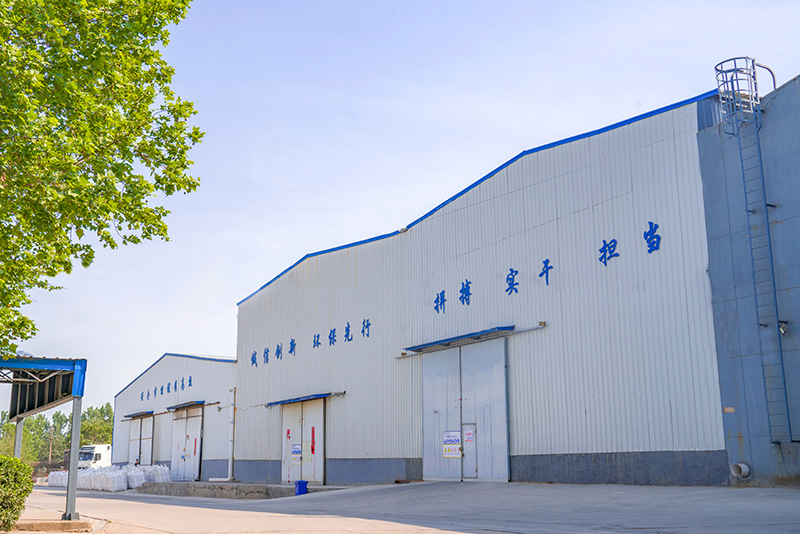Sand Casting Applications A Comprehensive Overview
Sand casting, a centuries-old technique, remains one of the most widely used methods in metalworking today. Its versatility and adaptability are primary factors contributing to its enduring popularity across various industries. This article explores the diverse applications of sand casting, highlighting its significance in modern manufacturing.
What is Sand Casting?
Sand casting is a metal casting process characterized by the use of sand as the mold material. In this method, a pattern made of metal, plastic, or wood is placed in a molding box filled with sand and a bonding agent, typically clay. The sand is compacted around the pattern, creating a negative impression. Once the mold is prepared, molten metal is poured into the cavity, allowed to cool, and then removed to reveal the cast part. This process is known for its ability to produce complex shapes and large components.
Applications Across Industries
1. Automotive Industry
The automotive sector is one of the largest consumers of sand casting. Components such as engine blocks, cylinder heads, and transmission housings are often produced using this method. The ability to create intricate designs and maintain tight tolerances makes sand casting ideal for producing high-performance parts that meet stringent safety and regulatory standards. Additionally, sand casting allows for the recycling of metal scrap, making it a cost-effective and eco-friendly manufacturing option.
In aerospace, where precision and strength are paramount, sand casting serves critical functions. Components like landing gear, engine housings, and structural parts are fabricated through this process. The aerospace industry often employs high-performance alloys that can withstand extreme temperatures and stresses. The ability to create complex geometries with sand casting enables manufacturers to optimize designs for weight reduction while enhancing performance.
3. Construction and Heavy Machinery
sand casting applications

The construction industry relies heavily on sand casting for various machinery components. Products such as crane hooks, gears, and large brackets are often cast in sand molds. The durability and strength of sand-cast parts are vital for ensuring the safety and reliability of heavy machinery in demanding environments. Furthermore, the ability to produce large parts in a single operation is another advantage of sand casting that contributes to its popularity in this sector.
4. Art and Sculpture
Beyond industrial applications, sand casting is also a popular method in art and sculpture. Artists utilize this technique to create intricate metal sculptures and artistic installations. The ability to reproduce fine details in metal makes sand casting an appealing choice for sculptors. Additionally, the process allows artists to experiment with various metals and finishes, resulting in unique works that showcase their creativity.
5. Marine Industry
The marine sector employs sand casting for producing components such as propellers, housings, and fittings used in boats and ships. Components required in marine environments must possess excellent corrosion resistance, and sand casting allows for the use of alloys specifically designed to withstand harsh conditions. The versatility of sand casting ensures that manufacturers can produce parts tailored to the specific needs of marine applications.
Advantages of Sand Casting
One of the key advantages of sand casting is its low cost, particularly for small production runs. The materials required for sand molds are relatively inexpensive, making it an attractive option for custom parts and prototypes. Additionally, the process can accommodate a wide range of metals, including aluminum, iron, and bronze, further enhancing its utility in different applications.
Moreover, the sand casting process is capable of producing large components, which may be difficult to manufacture using alternative methods. The adaptability of sand molds allows for complex shapes and configurations, catering to the increasing demand for intricate designs in modern manufacturing.
Conclusion
Sand casting continues to play a vital role in various industries, demonstrating its versatility and reliability. From the automotive and aerospace sectors to artistic endeavors, this classic method has evolved to meet the challenges of contemporary manufacturing. As technology advances, sand casting techniques may also adapt, but the foundational advantages it offers—cost-effectiveness, flexibility, and the ability to produce complex shapes—ensure its sustained relevance in the years to come. Whether in mass production or custom applications, sand casting remains an indispensable part of the metalworking landscape.
Post time:Novemba . 27, 2024 22:56
Next:The Evolution and Significance of Sand Casting Throughout History
